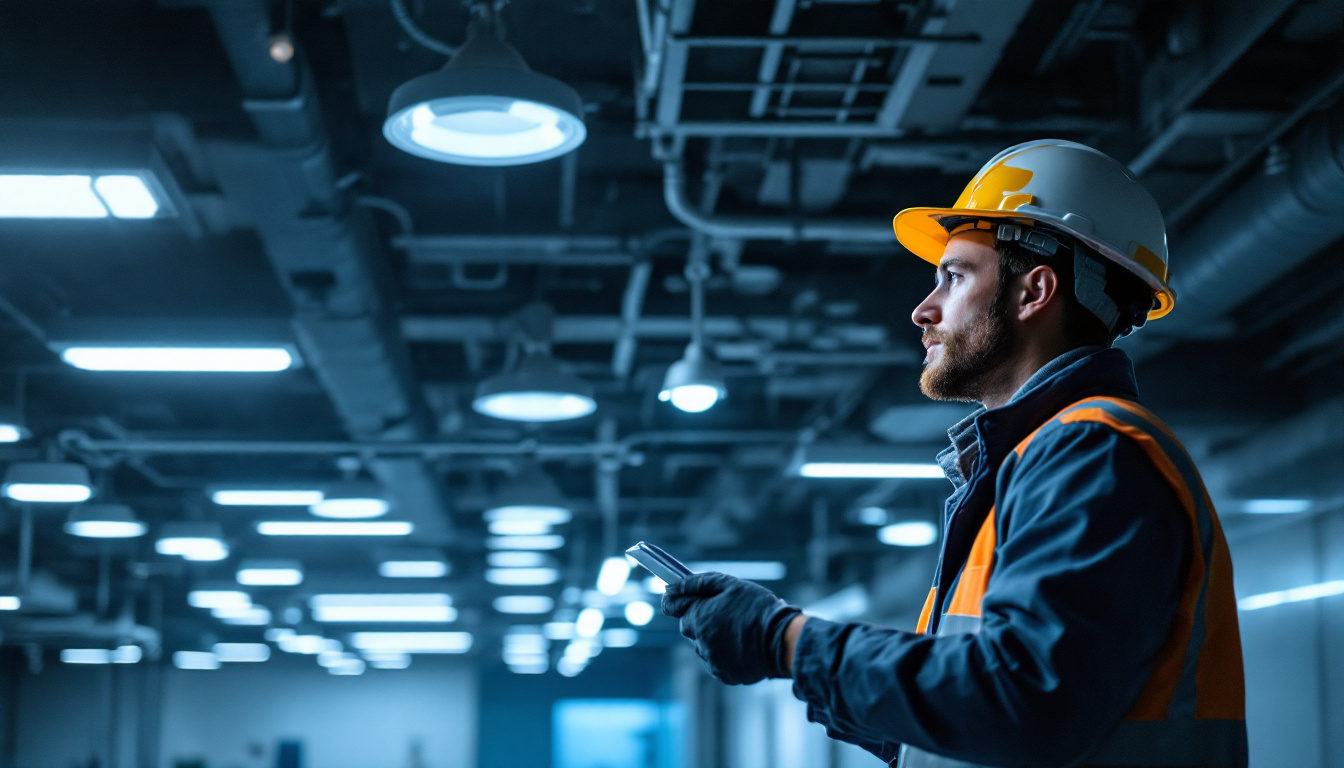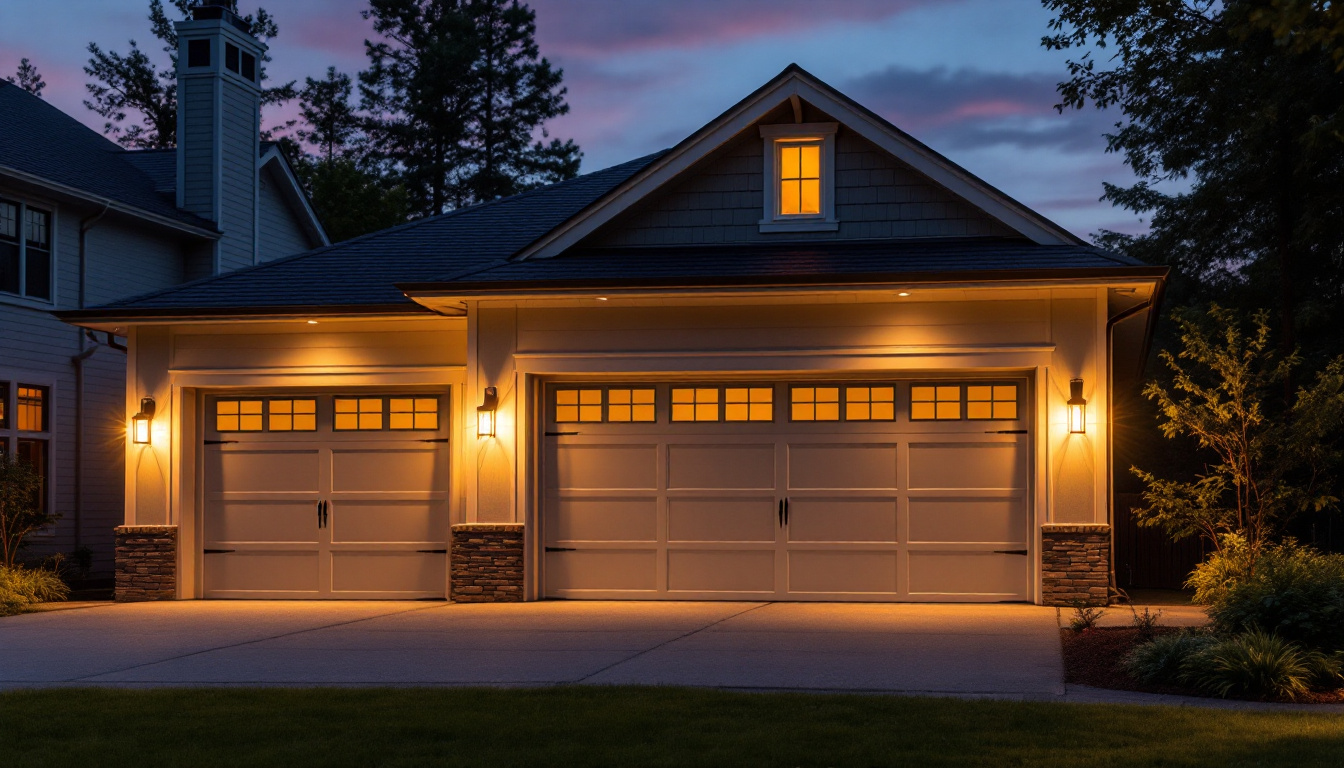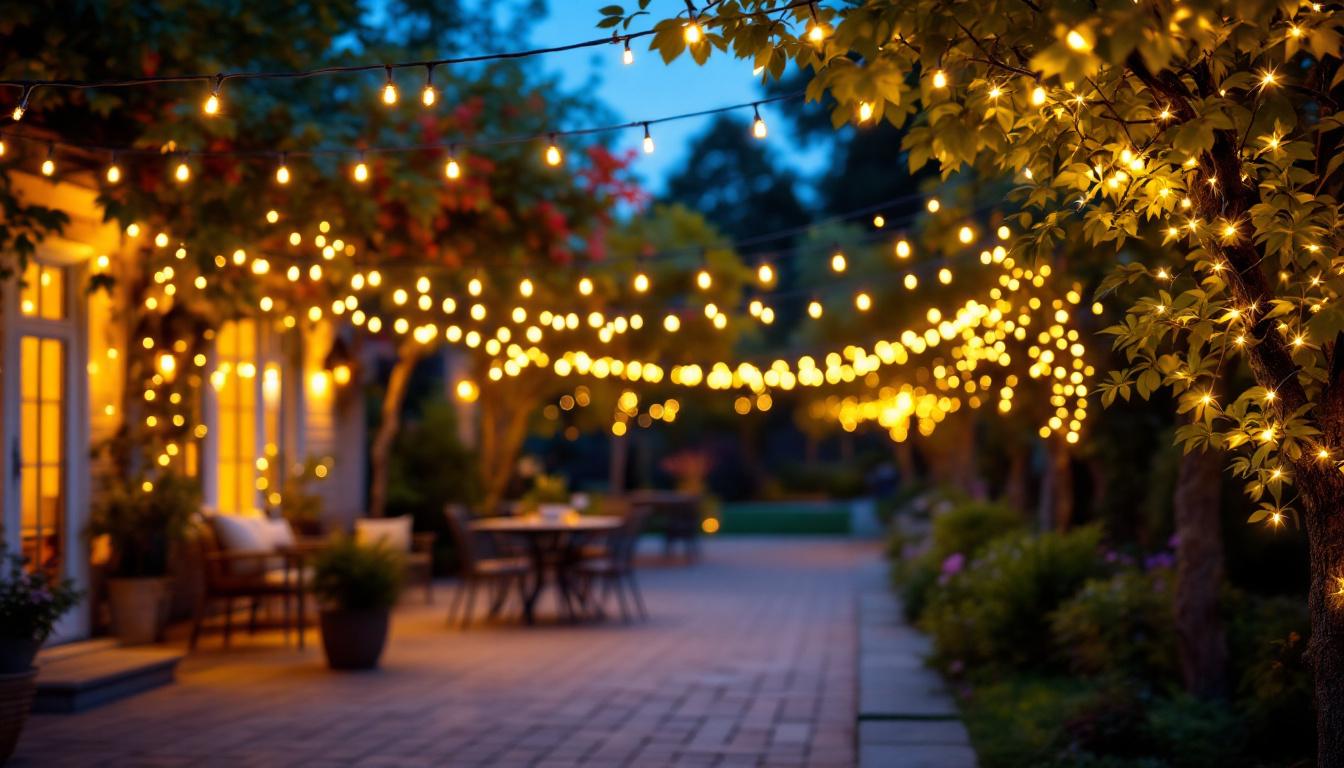
In the evolving landscape of lighting technology, LED lighting kits have emerged as a popular choice among contractors and clients alike. However, with the rapid adoption of these energy-efficient solutions comes the necessity for compliance with various regulations and standards. Understanding these requirements is crucial for lighting contractors to ensure both safety and quality in their installations. This article delves into the essential aspects of compliance that lighting contractors need to be aware of when working with LED lighting kits.
Compliance in the context of LED lighting encompasses a range of standards and regulations that ensure the safety, performance, and environmental impact of lighting products. For contractors, adhering to these guidelines is not just about legal obligations; it’s also about delivering quality installations that meet client expectations.
Several regulatory bodies govern the standards for LED lighting. In many regions, organizations such as the International Electrotechnical Commission (IEC), Underwriters Laboratories (UL), and the American National Standards Institute (ANSI) play pivotal roles. These entities develop and enforce standards that cover everything from electrical safety to energy efficiency.
For instance, UL certification is often a requirement for products sold in North America, ensuring that the lighting kits have been tested for safety and performance. Familiarity with these organizations and their standards can significantly enhance a contractor’s credibility and reliability. Additionally, the IEC provides international standards that facilitate trade and ensure compatibility across different markets, which is particularly beneficial for contractors working on projects that span multiple countries.
Energy efficiency is a cornerstone of LED technology. Contractors must be aware of the energy efficiency standards set forth by local and national regulations. The Energy Star program, for example, provides guidelines for energy-efficient products, helping consumers identify lighting solutions that meet stringent energy-saving criteria.
Contractors should ensure that the LED lighting kits they choose to install are compliant with these energy efficiency standards. This not only helps clients save on energy costs but also contributes to broader environmental goals. Moreover, many regions offer incentives for using energy-efficient lighting, such as rebates or tax credits, which can further benefit clients financially while promoting sustainable practices. Understanding these financial incentives can also empower contractors to provide valuable advice to clients, positioning themselves as knowledgeable partners in energy management.
Proper installation practices are vital for ensuring that LED lighting systems operate efficiently and safely. Compliance goes beyond simply selecting the right products; it also involves adhering to best practices during installation.
Electrical safety is paramount when installing LED lighting kits. Contractors must follow the National Electrical Code (NEC) and any local electrical codes that apply. This includes ensuring that all wiring is correctly rated for the load and that connections are secure to prevent overheating or short circuits.
Additionally, using the correct fixtures and ensuring proper grounding can mitigate risks. Contractors should also be aware of the specific requirements for different environments, such as wet or damp locations, which may necessitate special fixtures or installation methods. For instance, in outdoor settings, it is essential to select weather-resistant fixtures and ensure that all connections are sealed against moisture intrusion. This attention to detail not only enhances safety but also prolongs the lifespan of the lighting system, reducing maintenance costs over time.
After installation, testing and verification are crucial steps in the compliance process. Contractors should conduct thorough inspections to ensure that all components are functioning as intended. This includes checking light levels, color temperature, and ensuring that the fixtures are properly aligned.
Moreover, using testing equipment to measure energy consumption can help verify that the installation meets energy efficiency standards. Documenting these tests can provide valuable proof of compliance for both the contractor and the client. In addition to energy consumption, it is beneficial to assess the overall performance of the lighting system under various conditions, such as different times of day or varying occupancy levels. This comprehensive approach not only ensures compliance but also optimizes the lighting design for user satisfaction and comfort, which can lead to enhanced productivity in commercial spaces and a more inviting atmosphere in residential settings.
Maintaining accurate records is essential for compliance in any lighting project. Documentation serves as a reference for future maintenance and can be critical in the event of inspections or audits. Moreover, a robust documentation process can significantly streamline project management, allowing for easier tracking of timelines, budgets, and resource allocation throughout the project lifecycle.
Contractors should keep detailed records of all aspects of the project, including the specifications of the LED lighting kits used, installation procedures followed, and any inspections or tests conducted. This documentation can be invaluable for demonstrating compliance with regulatory standards. In addition to the technical specifications, it is also beneficial to document any changes made during the project, including reasons for those changes and their impact on the overall project goals. Such thorough records not only ensure compliance but also provide a historical context that can be useful for future projects or upgrades.
Additionally, having a well-organized project file can facilitate communication with clients and stakeholders, ensuring everyone is on the same page regarding the installation’s compliance status. Utilizing digital project management tools can enhance this organization, allowing for real-time updates and easy access to information for all parties involved. This transparency can lead to more effective collaboration and a smoother project flow, ultimately contributing to a successful outcome.
Educating clients about compliance and the importance of using certified products can enhance their understanding and appreciation of the work being done. Contractors should take the time to explain the benefits of compliance, including safety, efficiency, and long-term cost savings. By providing clients with case studies or examples of how compliance has positively impacted similar projects, contractors can build a compelling narrative that underscores the value of adherence to standards.
Clear communication about the compliance process can also help manage client expectations and build trust. Providing clients with documentation related to the products used and the compliance measures taken can further reinforce this trust. Additionally, offering training sessions or informational materials about the maintenance and operation of the installed lighting systems can empower clients, ensuring they feel confident in managing their new systems. This proactive approach not only fosters a positive client relationship but also encourages clients to become advocates for the importance of compliance in future projects.
While compliance is crucial, it can also present challenges for lighting contractors. Understanding these challenges can help contractors navigate potential pitfalls and ensure successful project outcomes.
Regulations and standards for LED lighting are continually evolving. Contractors must stay informed about changes to ensure ongoing compliance. This may involve attending industry seminars, participating in training sessions, or subscribing to relevant publications.
Failing to keep up with these changes can result in non-compliance, which can have serious implications for both the contractor and the client. Therefore, investing time in education and training is essential for long-term success in the industry. Furthermore, leveraging technology such as compliance management software can streamline the process of tracking regulatory updates, making it easier for contractors to stay ahead of the curve.
Choosing the right products is another common challenge. With a plethora of LED lighting kits available on the market, it can be difficult to determine which ones meet compliance standards. Contractors should prioritize sourcing products from reputable manufacturers that provide clear documentation of compliance with relevant standards.
Additionally, conducting due diligence by researching product reviews and performance data can help ensure that the selected products will meet both client expectations and regulatory requirements. It’s also beneficial to establish strong relationships with suppliers who can offer insights into the latest innovations and compliance trends. This collaborative approach not only enhances product selection but also fosters a network of support that can be invaluable when addressing compliance-related issues.
As technology advances, the landscape of LED lighting compliance is likely to evolve. Staying ahead of these trends can position contractors as leaders in the industry.
The rise of smart lighting and Internet of Things (IoT) integration presents new compliance considerations. As LED lighting systems become more connected, contractors must be aware of the additional regulations that may apply, particularly concerning data privacy and cybersecurity.
Understanding these emerging technologies and their compliance implications will be crucial for contractors looking to offer cutting-edge solutions to their clients.
With growing emphasis on sustainability, environmental regulations are becoming increasingly relevant in the lighting industry. Contractors should be prepared to adapt to new standards that promote eco-friendly practices and products.
Incorporating sustainable materials and energy-efficient solutions into projects can not only help meet compliance requirements but also align with the values of environmentally-conscious clients.
Compliance in the realm of LED lighting is a multifaceted issue that requires diligence and attention to detail from lighting contractors. By understanding the regulatory landscape, adhering to best installation practices, maintaining thorough documentation, and staying informed about industry trends, contractors can ensure successful and compliant lighting projects.
Ultimately, prioritizing compliance not only enhances the quality of installations but also builds trust with clients and positions contractors for long-term success in a competitive market. With the right knowledge and practices, lighting contractors can navigate the complexities of LED lighting compliance and deliver exceptional results.
Ready to elevate your lighting installations with compliance and quality at the forefront? Look no further than LumenWholesale for all your LED lighting kit needs. Our extensive selection of spec-grade lighting products is designed to meet the highest industry standards, ensuring you deliver compliant, high-performance lighting for every project. With unbeatable wholesale prices and the convenience of free shipping on bulk orders, LumenWholesale is your go-to source for superior lighting without the inflated markups. Don’t compromise on quality or value; choose LumenWholesale and experience the best in affordability and convenience. Start transforming your lighting projects today by visiting Wholesale Lighting at the Best Value.

Discover how outdoor light fixtures for garages are revolutionizing the work of lighting contractors.

Discover essential tips on LED bulbs track lighting for contractors, including energy savings, installation insights, and industry trends—boost your projects today!.

Discover the rising importance of outdoor LED light strings in the lighting industry.

Discover expert insights into LED lighting for patios with answers to common questions from lighting contractors.